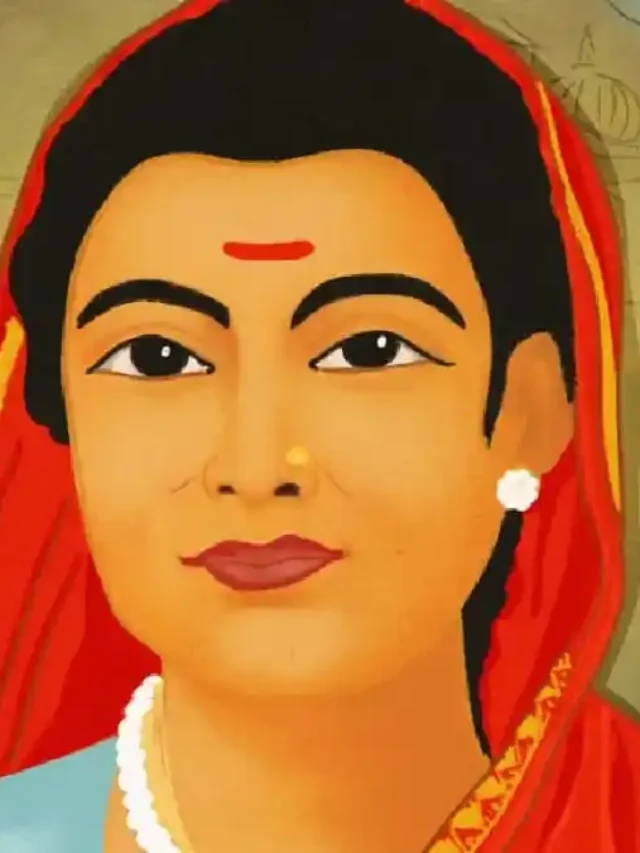FIFA World Cup 2026 : The Ultimate Guide to Football’s Biggest Tournament Ever
“Unpacking Media Tropes: 5 Ways to Empower Change & Challenge Stereotypes”

Media Tropes
Media Tropes: Recurring themes, patterns, or narrative techniques that are frequently employed in films, television series, novels, and other media are known as media tropes. They act as familiar short cuts to effectively and swiftly communicate concepts, characters, or storylines.
The “Reluctant Hero” trope, for instance, has a protagonist who is reluctant to accept their fate but ultimately rises to the occasion, whereas the “Damsel in Distress” trope depicts women as defenceless and in need of rescue.
Tropes aren’t always negative, but when they’re used excessively or presented in an unthinking manner, they can reinforce stereotypes. By analysing media tropes, we can better comprehend how narratives influence how we view various social issues, cultures, and groups.

Examining Media Tropes and Stereotypes
Social norms, attitudes, and beliefs are greatly influenced by the media. The way characters and stories are portrayed, whether in literature, movies, television, or ads, has a big impact on how viewers perceive various racial, ethnic, and cultural groups. Nonetheless, stereotypes and tropes are frequently used in the media, which can strengthen prejudices, distort identities, and support false presumptions. This article examines the historical foundations of stereotypes and tropes, their effects in the media, and the significance of accurate and varied representation.
Recognising Media Stereotypes
In the media, stereotypes are generalised and simplistic depictions of specific groups. Instead of realistic or multifaceted depictions, these portrayals frequently rely on preconceived notions. Whether overt or covert, stereotypes influence audience perceptions, especially when they are exposed repeatedly over time.

Typical Media Stereotypes
- Stereotypes based on race and ethnicity: The media frequently presents racial and ethnic groups in ways that support prejudices in society. For instance, Asian characters are typically portrayed as the “model minority,” doing exceptionally well in school but being socially awkward, whereas African American men are usually portrayed as either criminals or athletes.
- Gender Stereotypes: Women have historically only been allowed to play parts that highlight domesticity, beauty, or reliance on male characters in the media. In contrast, men are frequently portrayed as domineering, violent, or emotionally aloof characters.
- LGBTQ+ Stereotypes: Historically, LGBTQ+ people have been portrayed in limited and frequently negative ways. Examples include the “tragic queer character” whose plot revolves around suffering and alienation, or the “sassy gay friend.”
- Disability Stereotypes: Rather than being fully realised people with distinct personalities and experiences, characters with disabilities are usually portrayed as objects of inspiration or sympathy.
Tropes’ Function in the Media
Tropes are recurrent themes, motifs, or clichés that aid in the effective telling of stories but, when employed carelessly, can also serve to perpetuate stereotypes. Tropes can be relatable and entertaining, but if they are used excessively, they can restrict storytelling’s diversity and uniqueness.

Famous Media Tropes
- The Magical Minority: A trope in which a member of a marginalised group, frequently possessing mystical or extraordinary abilities, exists only to help the (typically white) protagonist. Examples include the “Wise Old Asian” and the “Magical Negro.”
- The Damsel in Distress trope perpetuates antiquated notions of male heroism and female passivity by depicting women as defenceless and in need of rescue.
- The Villain with a Disability: A lot of well-known villains in the media have physical impairments or deformities, which serves to further the negative correlation between moral decay and physical difference.
- The Manic Pixie Dream Girl is a whimsical, eccentric female character who has no depth or development and whose only function is to motivate the male protagonist to escape his boring life.
- Bury Your Gays is a trope that perpetuates the idea that queer happiness is unachievable by disproportionately killing off LGBTQ+ characters, frequently for dramatic effect.

The Effects of Tropes and Stereotypes
Stereotypes and tropes are frequently used in the media, and this has practical repercussions. In both fictional and real-world contexts, they limit opportunities for marginalised groups, reinforce prejudices, and shape societal attitudes.
- Impact on Perception: Media representations may influence the opinions of audiences who do not have direct contact with diverse groups. Unconscious bias and discrimination can result from negative stereotypes.
- Psychological Effects: Seeing oneself portrayed incorrectly or unfavourably can lead to internalised bias, identity struggles, and low self-esteem for members of under-represented groups.
- Cultural Erasure: The varied and genuine experiences that exist within a community are silenced when the media continuously presents a limited picture of that group.
- Fewer Opportunities: Stereotypical roles in Hollywood and other entertainment industries prevent actors from a variety of backgrounds from demonstrating their range, which hinders their representation and career advancement.

Taking Steps to Improve Representation
Even though the media has made progress in promoting inclusivity, stereotypes still need to be dispelled and narratives need to be more diverse.
- Authentic Representation: More complex and accurate depictions are produced when stories are told by and for the communities they represent. It is essential to hire diverse producers, directors, and writers.
- Complex Characters: Instead of just existing to further a prevailing narrative, characters should have multiple dimensions, their own goals, weaknesses, and growth arcs.
- Avoiding Tokenism: People from all backgrounds should be represented in meaningful, substantial roles that go beyond token characters.
- Challenging Tropes: Authors ought to proactively dismantle damaging clichés and swap them out for new, creative narratives that represent the diversity of the real world.
- Awareness of the Audience: People should interact with the media critically, challenging representations and endorsing material that places a high value on truthful and varied narrative.
In conclusion
Although stereotypes and tropes have long been used in media storytelling, their continued use can perpetuate negative and out-of-date perceptions. We can work towards a media landscape that is more inclusive, truthful, and representative of the diverse world we live in by identifying, evaluating, and contesting these representations. It is our duty as media producers and consumers to encourage and support more thoughtful and deferential storytelling.
ALSO READ THIS: “PCOS and PCOD : 14 Crucial Distinctions Every Woman Needs to Understand for Improved Health”


